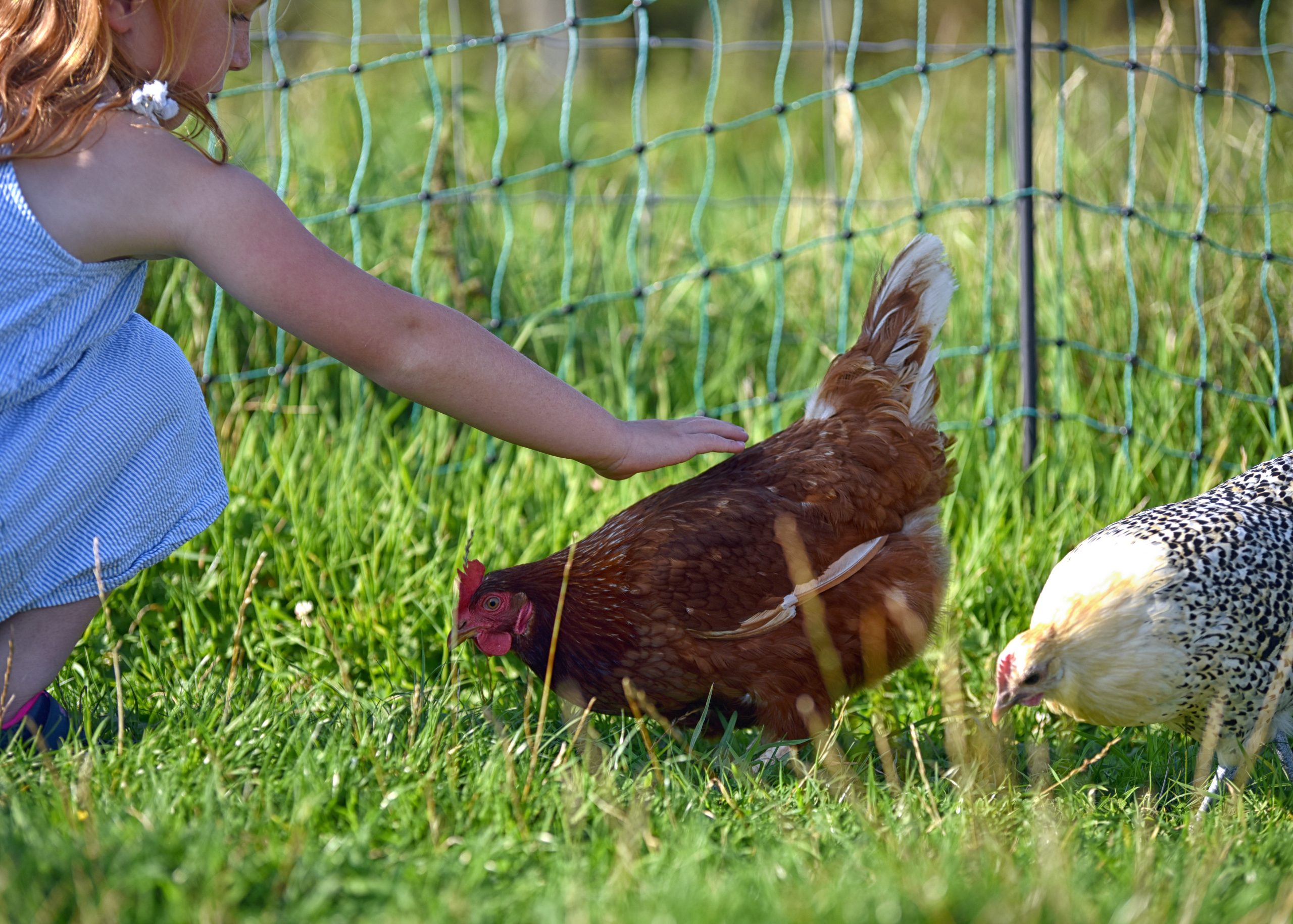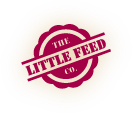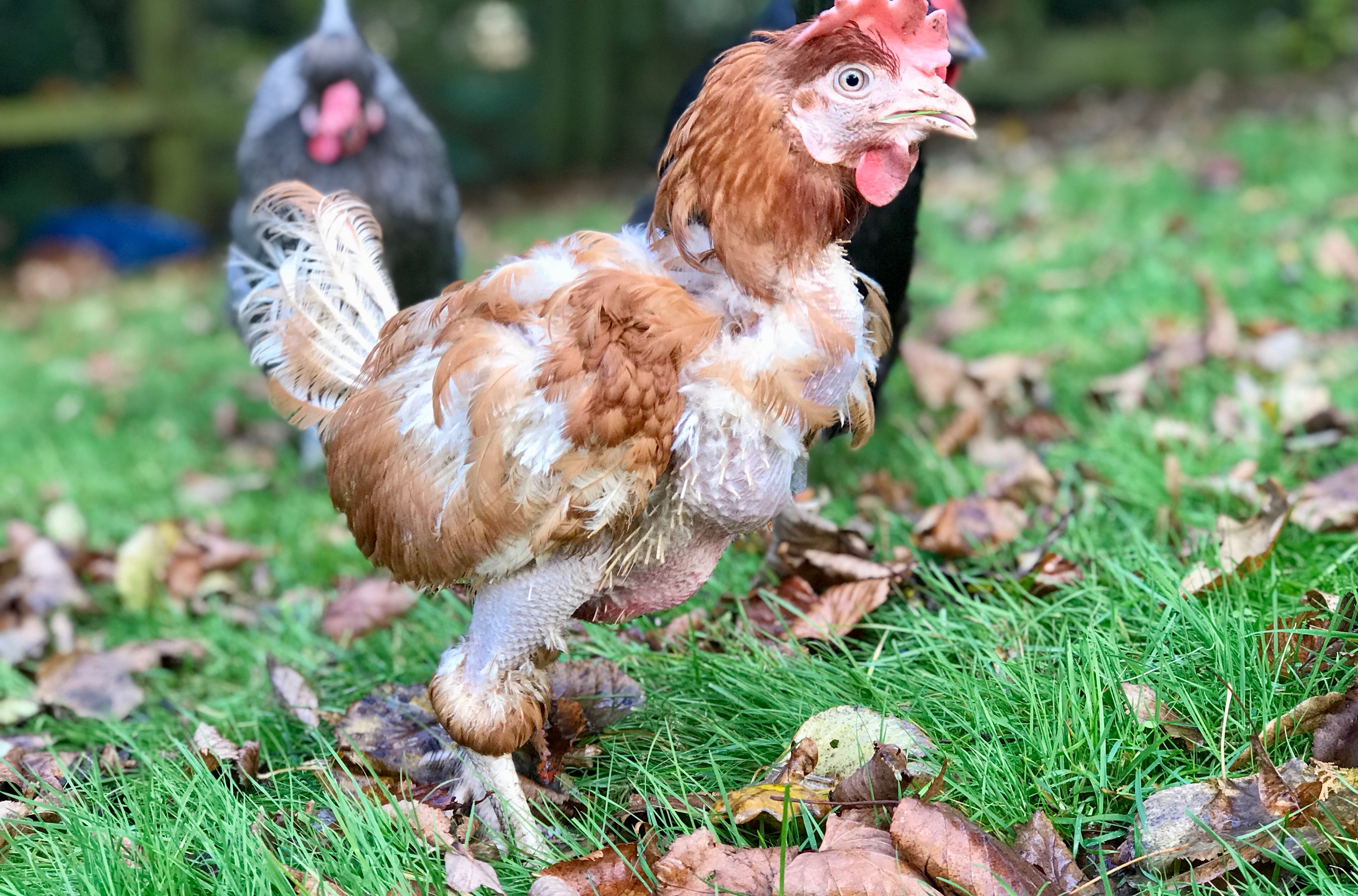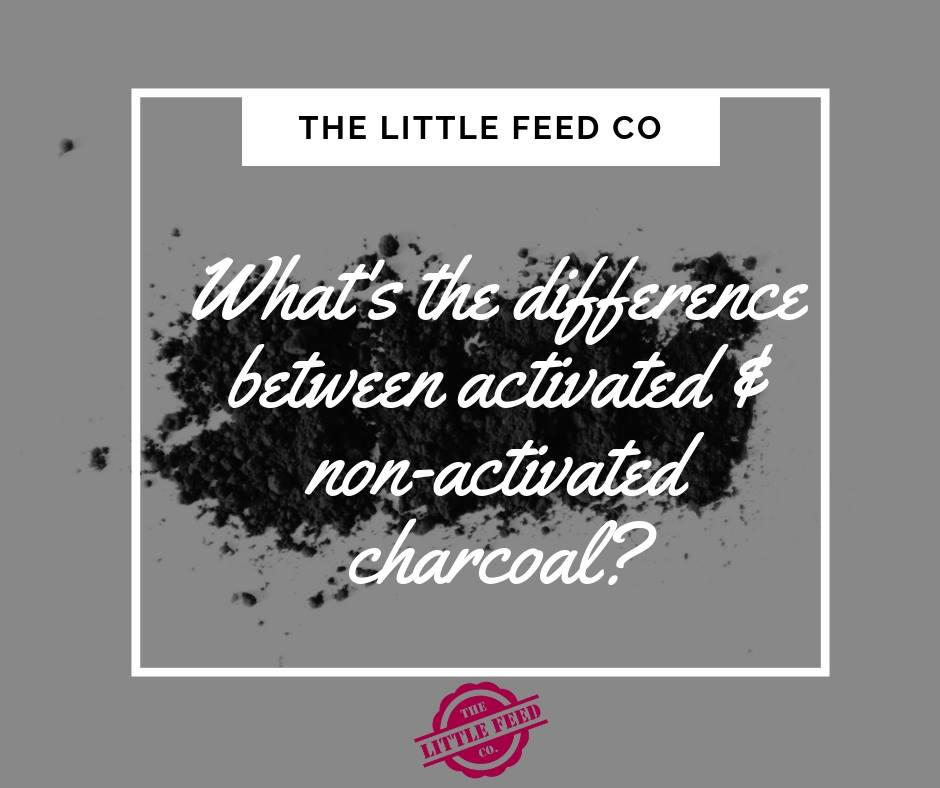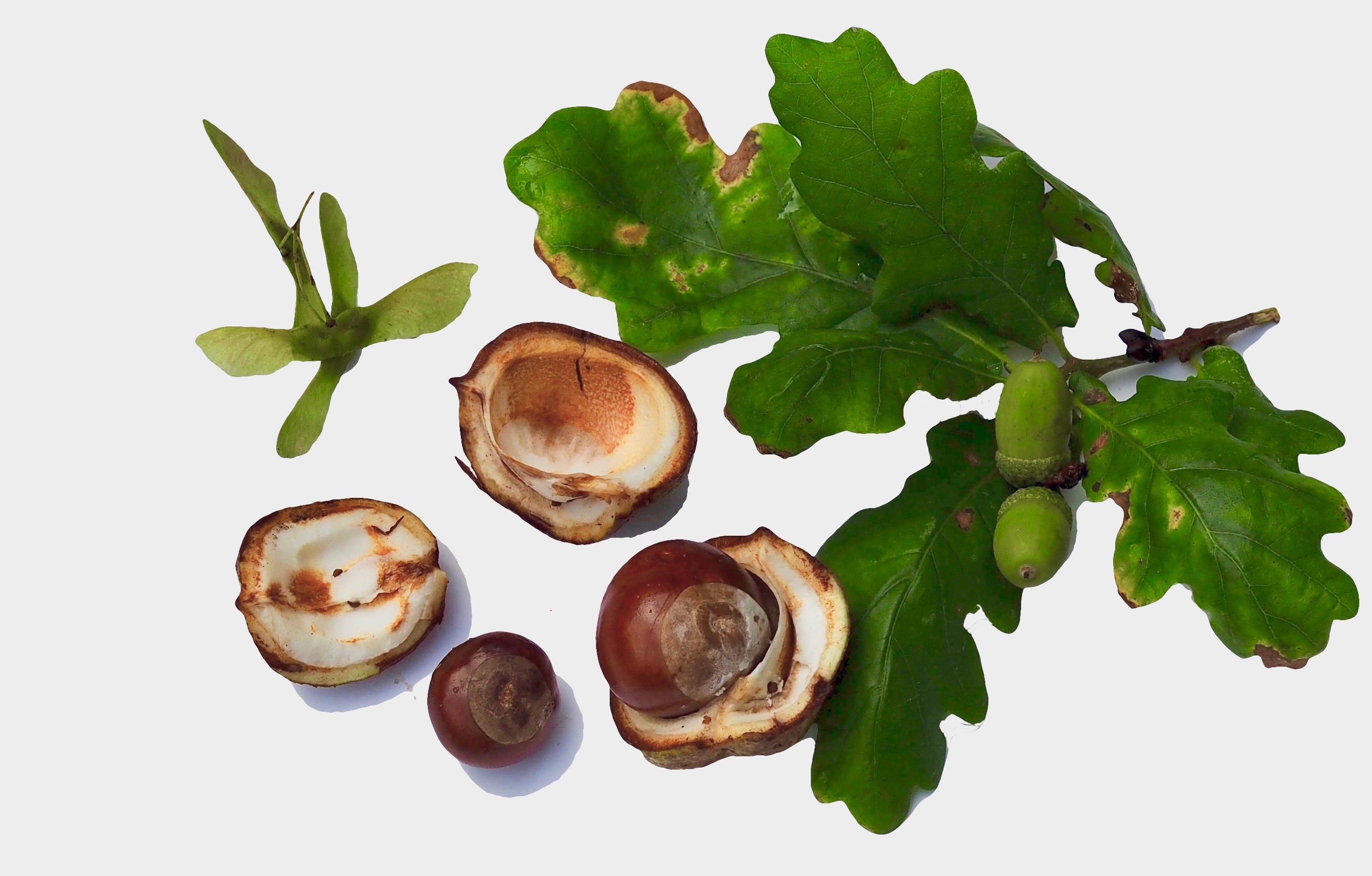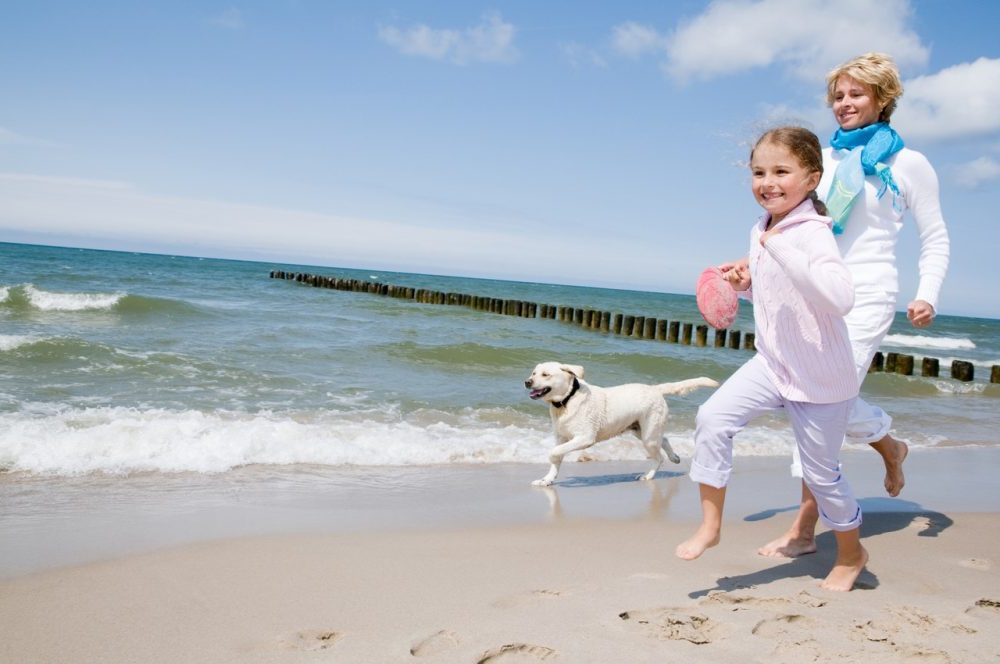
Hemp is undergoing a huge revival around the world and is now a highly sort after ‘superfood’. This is mainly due to the nutritional content of hemp seeds, claimed to be one of the most nutritional foods on the planet.
Hemp Vs Cannabis
Many people get confused between Hemp & Marijuana, as both come from the plant known as Cannabis sativa. But, there are several different types of Cannabis sativa, and hemp comes from a variety that contains very little of the psycho-active tetrahydrocannabinol (THC). In fact, hemp must contain less than 0.3% THC to be legally grown in the UK.
Hemp Seed Oil
The quality of oil within hemp seeds makes them unique. Hemp provides an excellent source of essential Omega fatty acids, and just the right proportion of Omega 3:6. It is unusual in the plant kingdom because it contains both Gamma-linoleic acid (GLA) and stearidonic acid (SDA). Most other plant sources, (such as linseed oil) contain Linoleic Acid, which the body must convert into GLA. As hemp already contains GLA this enzymatic step is skipped, making hemp oil easier and more efficient to metabolise. GLA and SDA are more commonly found in fish oil, but many people don’t like feeding fish oil, especially if their animal is a natural vegetarian!
Omega 3 are good for the cardiovascular system, neurological system, reproductive system and to support the body’s natural anti-inflammatory mechanisms. GLA inhibits the production of leukotrienes, chemicals which are made by the body to sustain inflammatory reactions. By reducing the production of leukotrienes, GLA gives an anti-inflammatory benefit.
Hemp Seed Protein
Protein foods and supplements are one of the fastest growing sectors in the human food industry, and hemp protein is one of the most sort after. This is because the seeds contain 25% protein, and provide all 9 of the essential amino acids. Amino acids are the building blocks of protein, and 9 of these are ‘essential’ meaning that they must be supplied by the diet as our bodies cannot make them. Hemp is one of very few plant sources to contain all the amino acids, making it an excellent source of ‘complete’ protein and comparable to meat, eggs and dairy.
Fibre
Hemp is also an excellent source of soluble fibre. This means that the fibre is easy to digest. In the gut, the fibre will swell and become a gel-like texture which could help absorb excess acids, and help the natural flow of food through the gut.
Vitamins and Minerals
Hemp seeds are also packed full of vitamins and minerals, including calcium, phosphorus, zinc, magnesium and iron. It is also rich in vitamin E, an anti-oxidant to support a healthy immune system .
CBD and Hemp
CBD oil has received a huge amount of publicity in recent months. So named because it is rich in Cannabinoids, it is believed to have several beneficial properties including pain management and a calming effect. CBD oil is an extract which comes from the whole hemp plant., Hemp Seed Oil is extracted from the seeds only, and these do not contain any CBD. As of September 2018 the Veterinary Medicines Directorate have classified products containing CBD as veterinary medicines, so they can only be purchased with a prescription from a vet. It is also an offence to buy human grade CBD oil to feed an animal, unless prescribed by a Vet. Hemp Seed Oil does not contain any CBD.
An all round good plant
As well as all the positive nutritional benefits hemp offers, there are a number of other benefits. It grows quickly, does not require pesticides, it is GM free and free from phytoestrogens. It is environmentally friendly too – it absorbs the same amount of carbon dioxide as an equivalent area of forest, it benefits the soil and the whole plant can be used (for textiles, industry and animal bedding) so nothing goes to waste.
Our Hemp is grown in the UK, in North Devon, just a few miles from our office. This makes it pretty low on food miles too!
